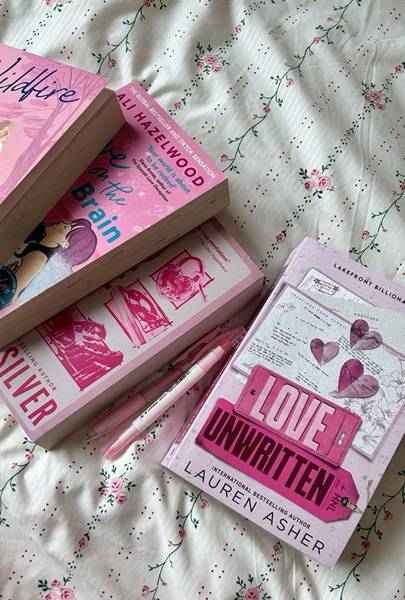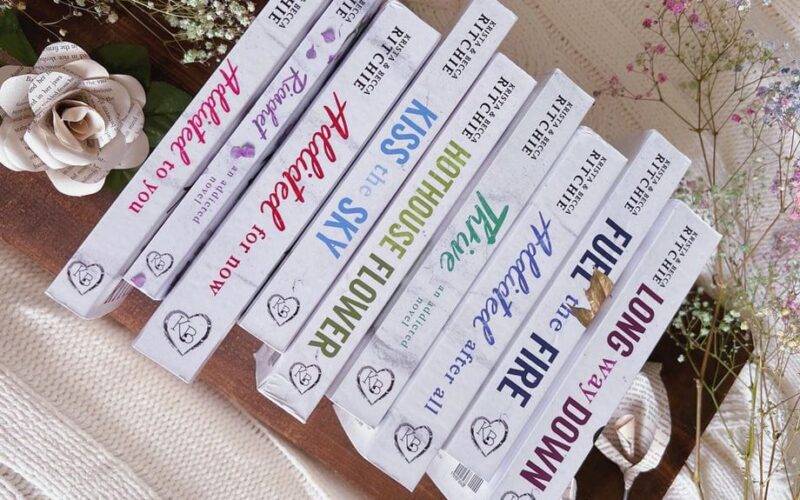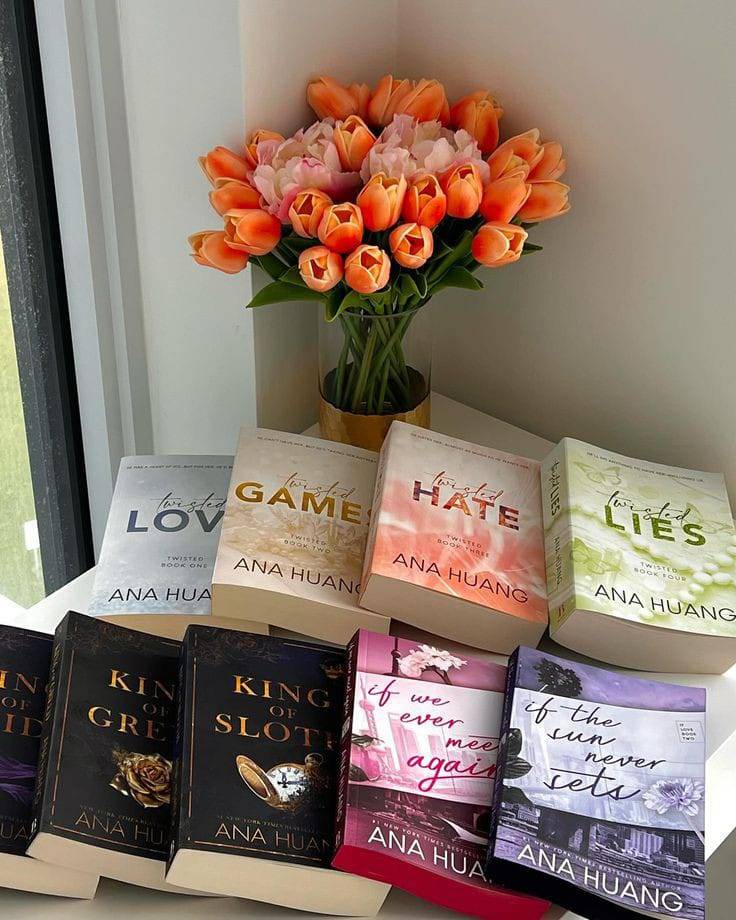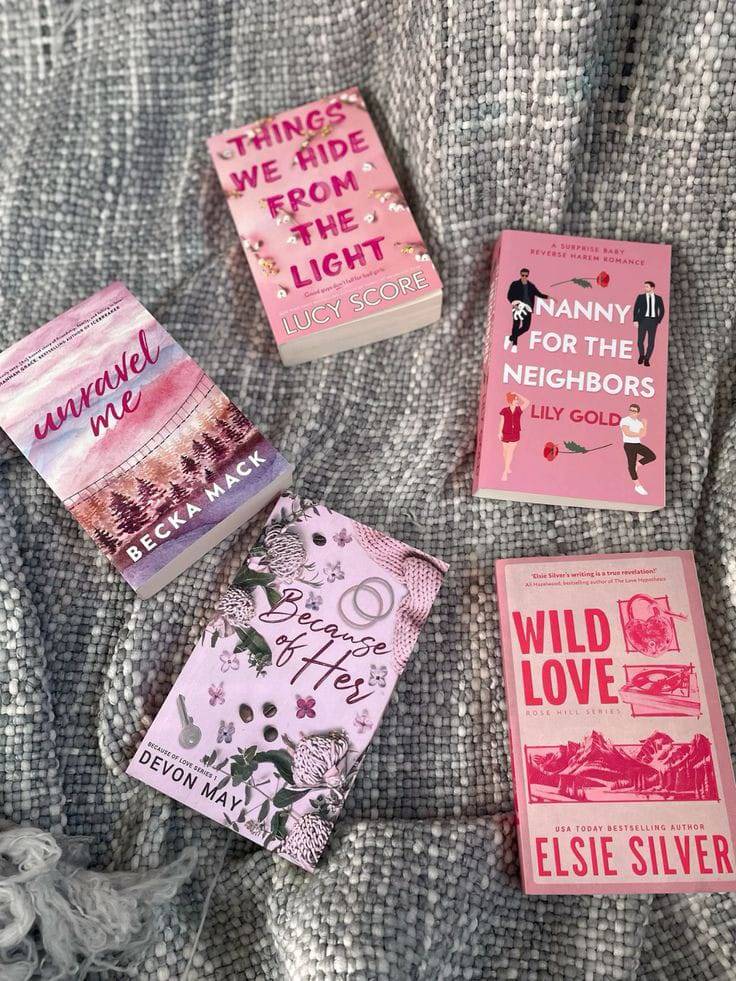When it comes to romantic fiction, we’re faced with a dilemma: Do we bask in the bliss of a single, self-contained love story, or do we dive headfirst into a sprawling saga of star-crossed lovers and their misadventures? It’s like deciding between a perfectly wrapped box of chocolates or an entire chocolate factory—both options have their charms, but which one will satisfy your craving for love, laughter, and maybe a few tears along the way?
Let’s start with romantic series, the multi-book epic sagas that let you follow characters as they navigate the many phases of love, from the awkward first date to the inevitable misunderstanding involving someone’s ex. Writing a series is like being in a long-term relationship with your characters—you get to see them grow, change, and (hopefully) mature as they deal with whatever romantic cyclone you’ve cooked up this time.
One of the major perks of a series is the chance to create a fully fleshed-out universe where your characters feel like old friends. Think of it like crafting your own little bookish soap opera. Missed the drama of yesterday’s episode? Fear not, for there are plenty more tomorrows filled with cliffhangers and plot twists. Authors can form elaborate stories where subplots intermingle like lovers at a masquerade ball. Side characters who were initially only meant to provide comic relief or be a shoulder to cry on can take on lives of their own, possibly even demanding their own spin-offs. Imagine having an entire series about the charming barista who serves as the love guru of your fictional town!
However, writing a romantic series isn’t all hearts and roses. It demands commitment—like a relationship that expects you to remember anniversaries and favorite ice cream flavors. Keeping track of all the plotlines, character quirks, and unresolved arguments can feel like herding cats. A single inconsistency, such as changing the color of a character’s eyes from blue to brown, can set off the more eagle-eyed readers. If you’re not careful, you might find yourself tangled in a web of plot holes that even the most romantic of characters can’t fix with a grand gesture.
But the rewards can be tremendous. A well-loved series creates a fan base more devoted than any fan club, with readers eagerly anticipating each new installment as if it’s the next season of their favorite Netflix series. Who wouldn’t want a crowd of loyal fans who are so invested in your fictional universe that they spend hours debating whether the lead heroine should have ended up with the brooding artist or the charming CEO? If you manage to win their hearts, they’ll stick with you through thick and thin, buying every new book like it’s the hottest concert ticket in town.
On the flip side, we have standalone novels—those beautiful one-and-done love stories that provide all the satisfaction of a well-told tale without the extended commitment. Writing a standalone is like going on the perfect date: everything is wrapped up by the end of the night, leaving you with a sense of completion and maybe even a lingering smile.
The beauty of standalones lies in their freedom and flexibility. Authors can experiment with different settings, themes, and characters without worrying about maintaining consistency across multiple books. Feel like writing about a swaggering romance on the high seas this time? Go for it! Next time, you can pen a sweet love story set in a quiet village bakery. The sky’s the limit, and you’re the pilot steering your literary love plane.
For readers, standalones offer a quick fix for their romance cravings. There’s no need to remember complex family trees or a catalog of who has betrayed whom. It’s all about diving into a world, experiencing the highs and lows of a single love story, and then walking away feeling satisfied—like having just watched a feel-good rom-com where everything wraps up neatly with a bow (and a kiss, obviously).
That said, the compactness of standalone novels can also be their biggest limitation. With only one book to tell your story, there’s less room for character development and intricate plots. You must make every page count, like speed-dating but with words. Characters have to fall in love, face obstacles, and reach a resolution in fewer chapters, which can sometimes lead to rushed narratives or insta-love scenarios that leave readers rolling their eyes faster than you can say “meet-cute.”
However, standalones often appeal to a broader audience because they require no prior reading commitment. Readers new to your work can jump in without feeling like they’ve missed the first season of an ongoing series. And for authors, standalones mean you can constantly reinvent yourself, like a chameleon who’s mastered the art of love stories. If one book doesn’t quite hit the mark, you can pivot to something entirely different next time without alienating or shocking your audience.
In the world of publishing, both series and standalones come with their own sets of marketing magic. A successful series can turn into a real gold mine, with each book boosting the sales of the others, like a well-strung set of pearls. The trick is keeping readers hooked and making sure each book ends on just enough of a cliffhanger to have them reaching for the next one.
On the other hand, standalones are like the charming love songs of the bookish world. They’re often more accessible to newcomers who aren’t ready to commit to an entire series but are looking for a satisfying read. A catchy title and an intriguing cover can lure in readers who’ll be delighted by the self-contained story inside, prompting them to seek out more of your work.
The Choice: Series or Standalones?
Ultimately, whether you choose to write a romantic series or a standalone novel depends on your personal preferences and the kind of storytelling you wish to explore. Are you a marathon runner who loves to craft intricate plots and develop characters over several books? Or do you prefer the sprint, where you can dive into new adventures and romances with each new novel?
Either way, the romance genre offers plenty of room for creativity and expression, and both series and standalones have their unique appeal. You might even find yourself dabbling in both, like a versatile artist switching between watercolors and oils. After all, the heart wants what it wants—and sometimes, it wants everything.
Now, let’s talk about the gem of romantic fiction that offers a little something for everyone: interconnected standalones. Imagine this: you’ve created a group of friends, colleagues, or family members, each with their own romantic escapades, but all existing in the same vibrant universe. You can read each book as a standalone, enjoying a complete story without feeling like you’ve walked into the middle of someone’s soap opera. However, when you read them all, there’s a sense of enhanced storytelling that comes into play—like uncovering hidden Easter eggs that connect the dots across each novel.

Interconnected standalones are like a literary buffet where each dish stands on its own, but together they create a feast. Imagine meeting a couple in one book, falling in love with them, and then stumbling upon them in the next book at a mutual friend’s wedding. You get the satisfaction of a standalone with the added bonus of spotting familiar faces, like running into an old friend at a party and realizing you both know the host. It’s like a little wink from the author to the reader, making you feel part of an exclusive club.
From a writer’s perspective, interconnected standalones offer the flexibility to explore different themes and romantic dynamics while still maintaining a sense of continuity. You can dive into the story of the brooding artist in book one, follow the charming barista’s quest for love in book two, and then explore the delightful chaos of their mutual friend’s love life in book three. Each story stands on its own, but when read together, they form a warm sweater of love, laughter, and occasionally awkward double dates.
For readers, interconnected standalones provide the perfect blend of commitment-free reading and the joy of discovering how characters’ lives intertwine. You don’t have to remember the intricate details of a series, but you can enjoy little nuggets of connectedness that enrich the reading experience. It’s like getting to peek into the lives of a fun group of friends without having to RSVP to every single gathering
Romantic series and standalones each have their own unique set of charms and challenges. Series offer the luxury of character depth and world-building over time, with the potential for a devoted fan base and financial success. However, they require careful planning and consistency. Standalones, on the other hand, provide creative freedom and accessibility, allowing authors to explore a range of themes and reach a broader audience. In the end, the choice between series and standalones should align with an author’s creative vision and the preferences of their readers. Whichever path you choose, the world of romantic fiction is wide open, ready to embrace stories of love, laughter, and the endless possibilities of the heart.



